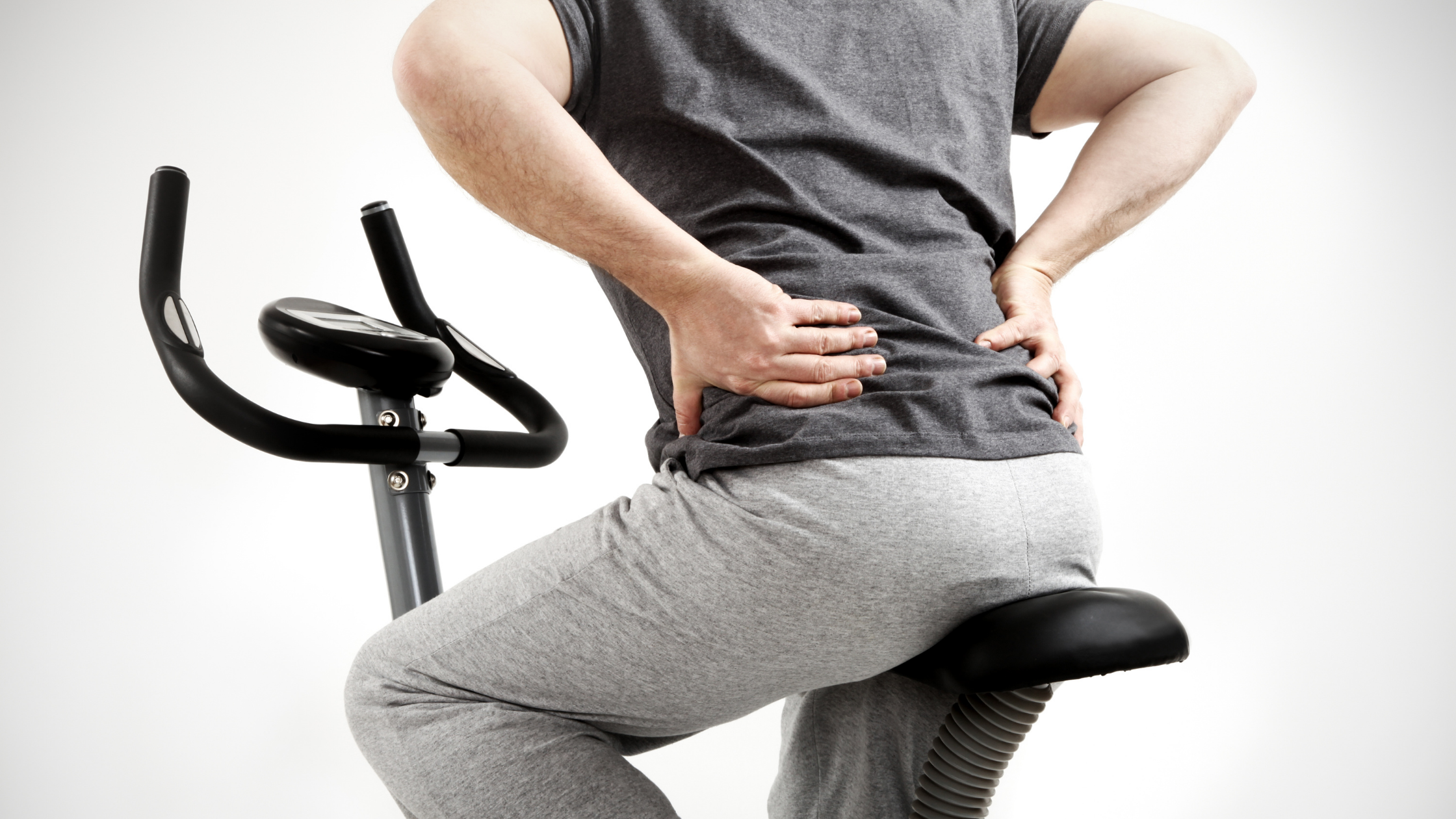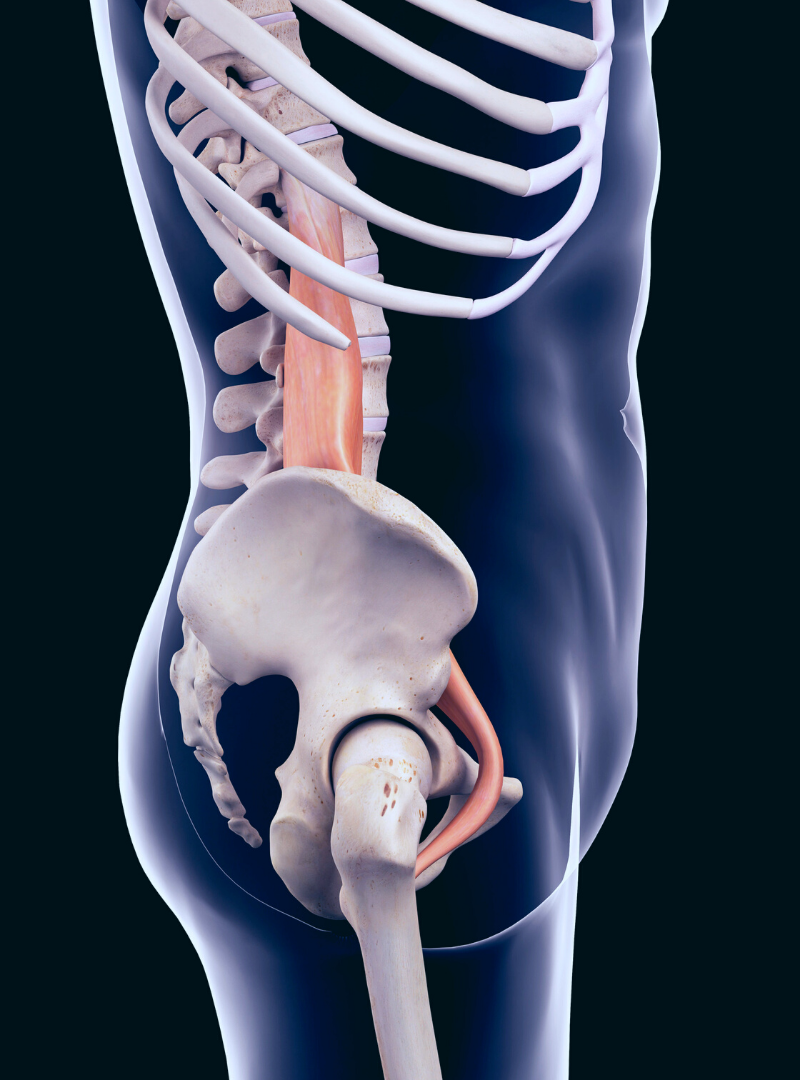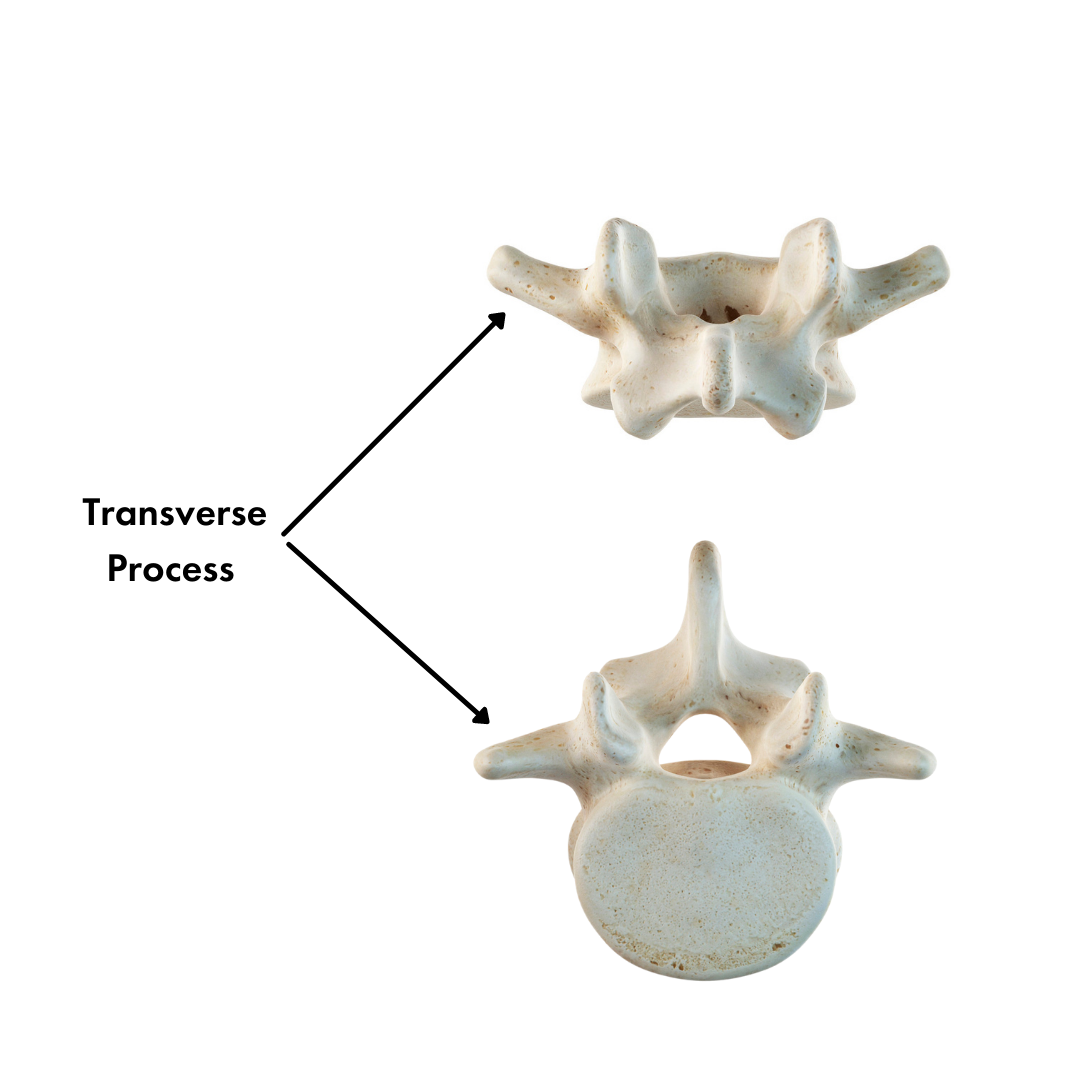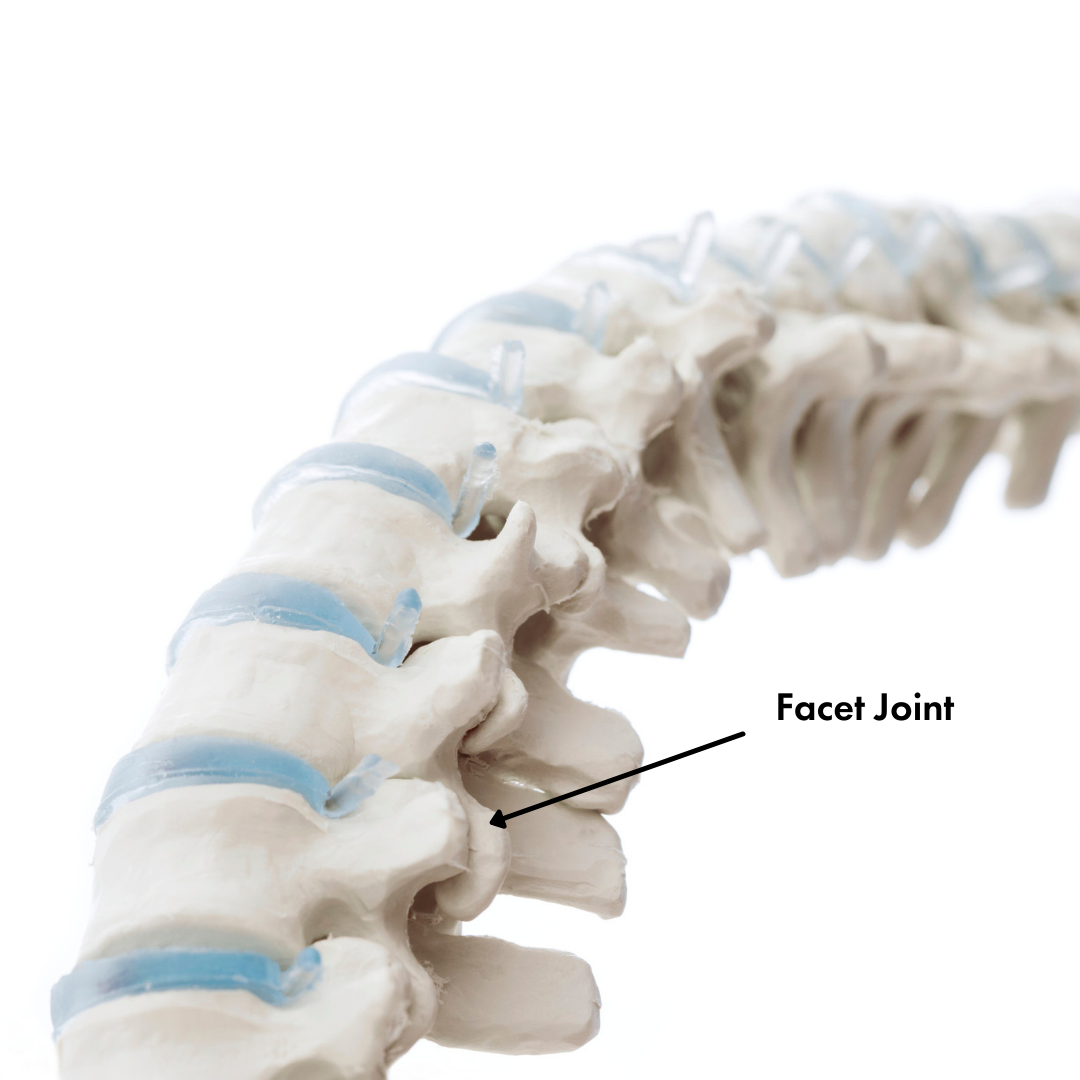How the hip flexor can be a source of low back pain
Far too many of us have been there at some point; stubborn low back pain that just doesn’t get better no matter how much we stretch and foam-roll our hamstrings. While the hamstrings can play a roll in low back discomfort, there is a much more likely culprit: the hip flexor, or more specifically, the psoas major. Unfortunately the front of the hip is often an over-looked area when it comes to the diagnosis and management of low back pain. In this post I’m going to break down just how exactly the hip flexor can potentially wreck havoc on the low back.
Hip Flexor Anatomy
In order to fully understand how the psoas can contribute to low back pain, we must first take a quick look at the anatomy of the hip.
The psoas major is a large muscle that is located on the front side of the hip, just above the quads. What’s important to note is that a majority of the muscle actually crosses the front of the pelvis and attaches to the vertebrae of the lumbar spine, specifically at the T12-L4 levels (see image below). The place where the muscle attaches to the vertebrae is known as the transverse process or “TP” for short. These TPs are positioned on either side of each vertebra, almost like extended arms and serve as the attachment point for muscles and ligaments.
In addition to attaching to the TPs, the tendon of the psoas major also attaches to the outer portion of the vertebral discs themselves. Because of the location of these attachments, the psoas plays an important role in not only hip flexion (bringing the thighs up towards the stomach) but also in trunk flexion (performing a crunch) when the legs are stationary. In addition to hip and trunk flexion, the psoas is also a key spinal stabilizer.
Now that we know a little more about the anatomy of the psoas, let’s take a deeper look into how exactly it can contribute to low back pain.
The Psoas and Low Back Pain
The psoas’ position in the front of the hip makes it especially susceptible to injuries like strains, spasms, tendonitis, and contractures. These changes to the muscle can lead to muscle shortening and even impact the strength and contractility of the muscle itself.
Day-to-day life can also have an impact on the hip flexor. Whether it be seemingly never-ending zoom meetings or browsing the Netflix catalog for the 4th time, there is no denying that in today’s circumstances we are finding ourselves sitting more often than we ever have before. Being in this position forces our hip flexors into a shortened position for extended periods of time which can lead to what is known as adaptive shortening. This essentially means that the new "resting" length of the muscle is now shorter than it was before and can present as muscle tightness in the hip and low back.
When a muscle is shortened, the two ends of the muscle come closer together. In the case of the psoas, the hip comes into slight flexion while the low back begins to arch backwards, increasing what is known as lumbar lordosis. This increase in lumbar lordosis shifts the stress from the vertebral bodies and places it onto the facet joints of the lumbar spine.
Changes to the psoas muscle can lead to biomechanical issues as well. A study conducted in 2020 examined the effects of the psoas on low back pain in swimmers and found that those athlete’s with "tight" hip-flexors experienced greater incidences of low back pain. The researchers hypothesized that tightening of the psoas prevented proper hip extension in these athletes. Consequently, the low back compensated by arching which placed added stress on the lumbar spine and lead to back pain.
Treatment Options
As with any spine-related condition it is important to first get an accurate diagnosis. Your chiropractor, physical therapist or MD will be able to perform a thorough exam to fully asses the cause of your low back pain.
Those with psoas-related low back pain typically respond very well to a comprehensive treatment program that includes:
Stretching
Strengthening
Myofascial and spinal manipulation
Core stabilization
Proprioceptive (balance) exercises
Disclaimer: This post is for educational and informational purposes only. It is neither intended to diagnose nor to serve as the basis of treatment for any condition. If you are experiencing low back pain it is best to consult with a licensed healthcare provider so that an accurate diagnosis and treatment plan can be provided.











